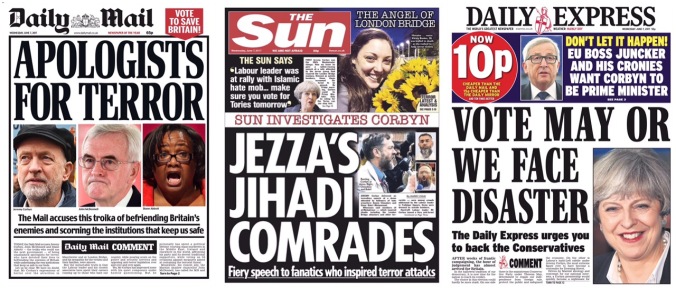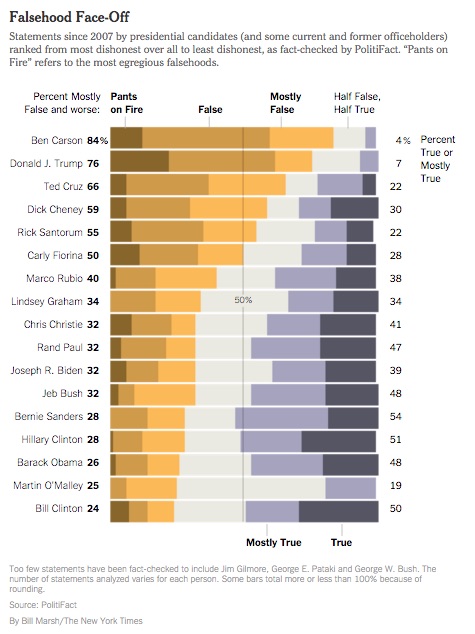While there were many factors in the shock election results, for PR professionals, the role of the media and power of social is a game changer.
In 1992, The Sun claimed it was them ‘wot won it’ after John Major upset the odds to keep out Labour’s Neil Kinnock from Number 10.
 They are iconic headlines and, while many have played down Kelvin MacKenzie’s bold claim, our national newspapers did held immense political and social power.
They are iconic headlines and, while many have played down Kelvin MacKenzie’s bold claim, our national newspapers did held immense political and social power.
And this week, as we approached the snap general election, the headlines could easily have been lifted from the early 90s.

However, these damning front pages failed to stop a Labour party that has spent nearly two years in disarray with deep internal divisions, confounding the pollsters and securing 40% of the popular vote – just 2.4% behind the Conservatives.
It’s clear that social media is now the real king maker.
The power of social
So how is social media changing politics in the UK?
- Politics is no longer for the few
If you’re as old as me, you’ll remember how you used to update your Facebook status in the third person… Now it – along with Twitter, Instagram, Snapchat and so on – are powerful places to share content, comment on news or events as they happen, give everyone a soapbox or a forum to debate with friends.
My news feed has been alive with political conversations. With people from all parties and perspectives, all walks of life, every bit of the country and demographic. With a smart phone politics is in our hands 24/7, delivered in bit size pieces, in films, in memes, with outrage and humour, shown to us by our friends.
It’s impossible to ignore. It’s much harder to not be part of the moment, not have an opinion , not get out and vote than ever before.
2. Social media is different to media. It’s social.
I know, it sounds obvious, but it’s not enough just to have an account and push out content every now and again.
Comparing Jeremy Corbyn and Theresa May’s various platforms immediately shows the different levels of engagement in their personal brands and political message.
In an election that came down to leadership, much like with Trump and Clinton, this personal brand was so important.
Jeremy Corbyn far outweighed Theresa May in terms of followers. His account appeared to be personal, rather than managed, and his posts received substantially more likes, retweets and shares.
He was able to reach and have a direct conversation with millions more people than Theresa May.
3. Content is the Prime Minister
Adapting the old adage that content is king – this election proved great, compelling and shareable content will beat direct advertising any day of the week.
In 2015, the Conservatives were rightly recognised as the masters of ads and ‘dark posts’ on Facebook as well as promoted ads across social media. Making the most of their focus group insights and voter data, they really honed their message to the individual.
This time, the Labour campaign countered this online attack through something far more powerful – endorsement.
They created content that people liked – actually liked as well as clicking the thumbs up. They connected to the message while enjoying or reacting to the meme, the film and so on.
Then they shared it and said to their friends – I believe in this, you should believe in it too.
4. Your social media says who you are – invest in it
Theresa May received a lot of a negatively because she refused to debate with the other party leaders on TV, her press visits were said to be tightly controlled and any questions from the public carefully managed.
Her social media accounts were equally stage managed and, despite this potential direct connection with millions voters, she failed to get her personality, as much as her message, across.
Theresa May was understandably missing from sofas of the Sunday politics shows, but Jeremy Corbyn was there and he’s on Facebook, on Twitter and Instagram too, sharing and commenting, continuing to build his personal brand.
Who knows if Theresa May will tweet again before she has to update her bio.









